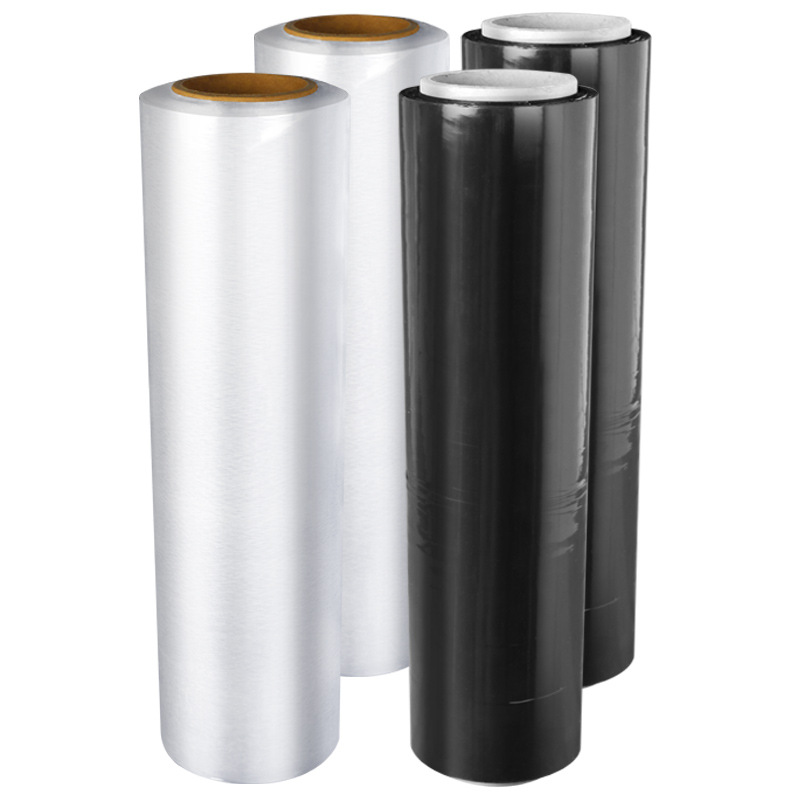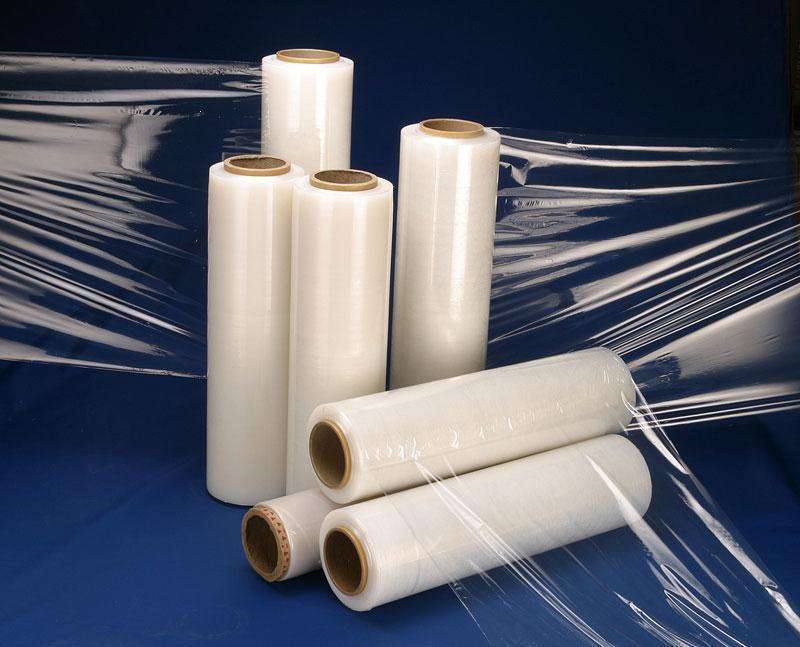Stretch film is a type of packaging material that is often used by everyone, but the quality of products on the market is uneven. So how to test the physical properties of stretch film and choose a high-quality stretch film? The stretch film manufacturers will give you Several specific methods for testing the physical properties of stretched films are introduced:

1. Shortening function test The stretched film is slowly approached to the flame, and the stretched films of different varieties show two situations of drastic shortening and non-violent shortening. The stretched films lacking stretch include stretch films such as polyester, cellulose acetate stretch films, rigid polyvinyl chloride (without shrinking agent), and polycarbonate, and stretch shortened stretch films include stretched polyvinyl chloride ( Heat shrinkable polyvinyl chloride), stretched polypropylene, polyvinylidene chloride, polyethylene and other films. In addition, when the stretched film is put into hot water, stretched films that are easily shortened include polyvinyl chloride (heat shortening), polystyrene, polyvinylidene chloride, and hydrochloric acid rubber stretched films. There is almost no change in stretched films such as polyester, polycarbonate, and nylon.
2. Extensibility test: Cut a piece of strip-shaped stretch film with a length of 10-15 cm and a width of 1 cm, and gradually stretch it by pinching the two ends. Using this test method, you can find that the stretch film with large elongation has polyethylene , Unstretched polypropylene, soft polyvinyl chloride, polyvinyl alcohol, hydrochloric acid rubber, unstretched nylon stretch film, etc., stretch films with low elongation include general cellophane, polyester, cellulose acetate, rigid polymer The elongation of vinyl chloride, polyvinylidene chloride stretched film, etc., polycarbonate, stretched nylon is between the above two.

3. Tear strength test At the end of the stretched film, cut the stretched film into a one-centimeter block with scissors, and then tear it by hand to investigate the resistance of the stretched film to tearing and cracks. Simple torn films include stretch films such as polystyrene, cellophane, and cellulose acetate. Polyethylene, polyester, nylon, polypropylene and other stretch films have high tear strength, but there are slight differences depending on the processing conditions and the content of plasticizer. For example, the stretched PVC film with high plasticizer content is slightly stronger than the stretched PVC film without plasticizer. The biaxially stretched film generally has a balanced strength in the horizontal and vertical directions, but in fact, there may be some differences. The uniaxially stretched film is stretched in the longitudinal direction, and therefore, the tear strength in the longitudinal direction is greater than that in the transverse direction.

The above are several methods for testing the physical properties of stretched films, which I hope will help you.


